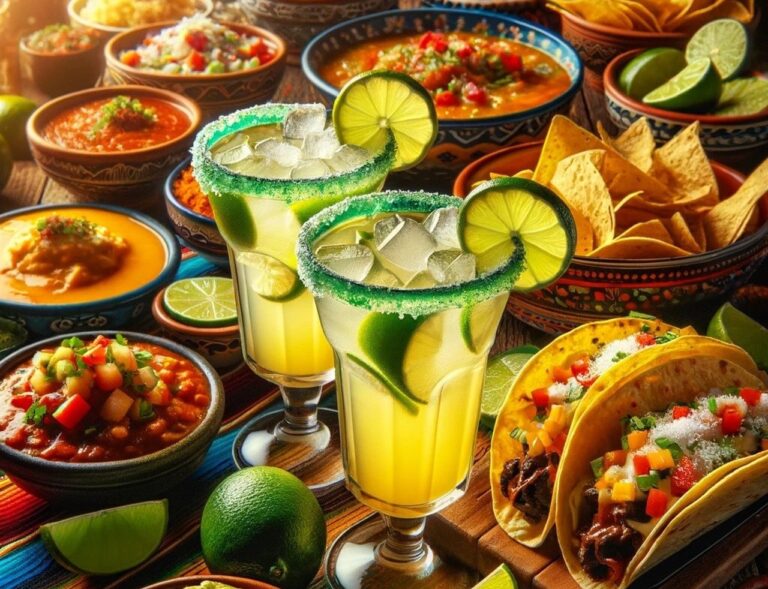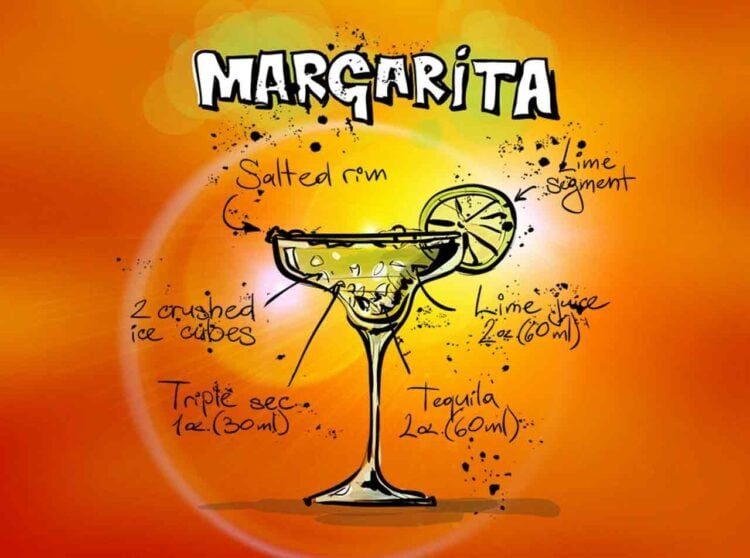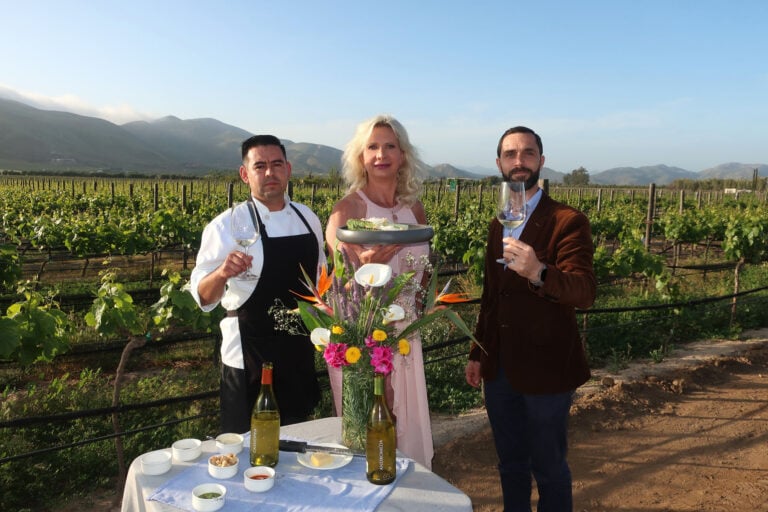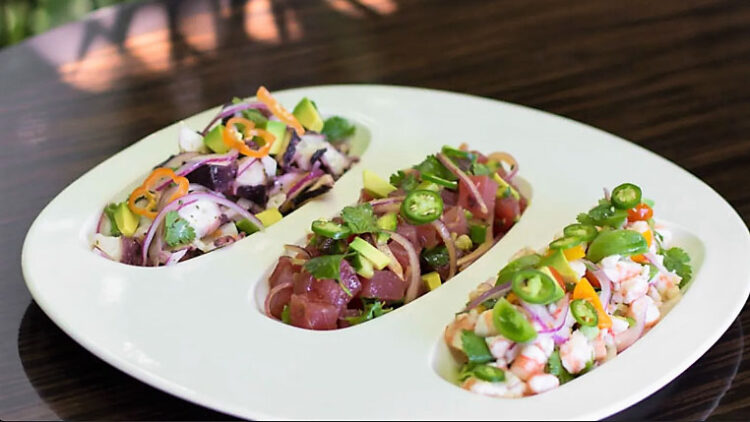Sémillon Grape Varietal Definition
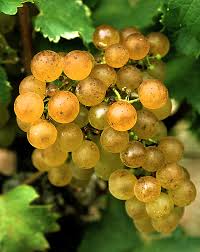
Sémillon is native to the Bordeaux region in France. Research revealed that this grape already existed there in the 1st century. It was known as Sémillon de Saint-Émilion in 1736. It first arrived in Australia in the early 19th century and by the 1820s the grape covered over 90% of South Africa’s vineyards where it was known as “Wyndruif” meaning “wine grape.”
Sémillon is famous in Bordeaux for the production of dry wines (blended with Sauvignon Blanc) in the appellations of Graves, Péssac-Léognan and Bordeaux Blanc and sweet wines coming from Sauternes, Barsac, Cérons, Loupiac, Cadillac, Sainte-Croix-du-Mont and Monbazillac. For the sweet wines, Sémillon is blended with Sauvignon Blanc and/or Muscadelle.
Other parts of the world where Sémillon is grown include Australia (sometimes called Hunter River Riesling), South Africa, New Zealand, Chile, California and Washington.
Synonyms: Blanc doux, Colombier, Malaga, Groendruif, Wyndruif, Hunter River Riesling, St.-Émilion
> Read the review of Clos des Lunes, Lune d’Argent, Bordeaux Blanc, 2018.

